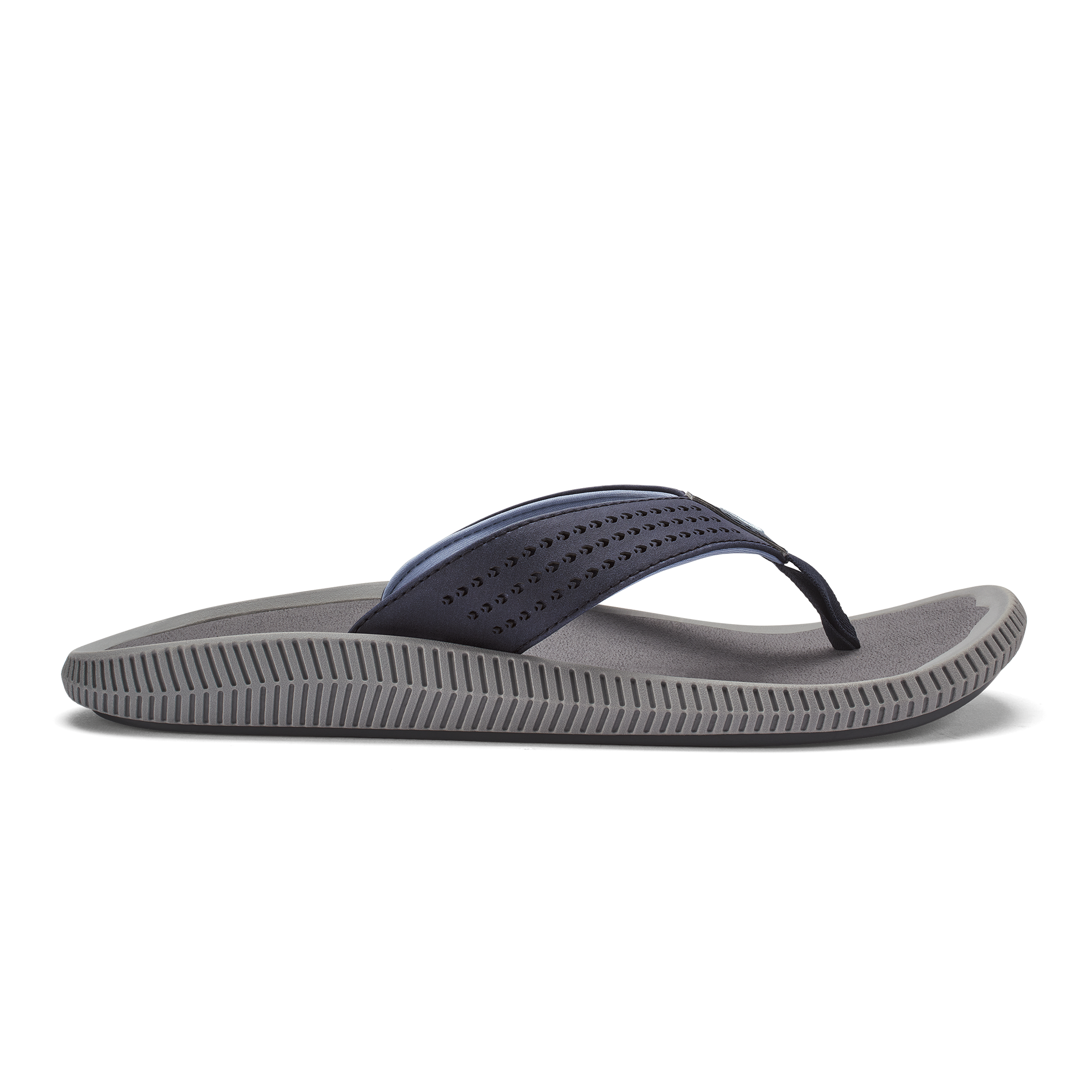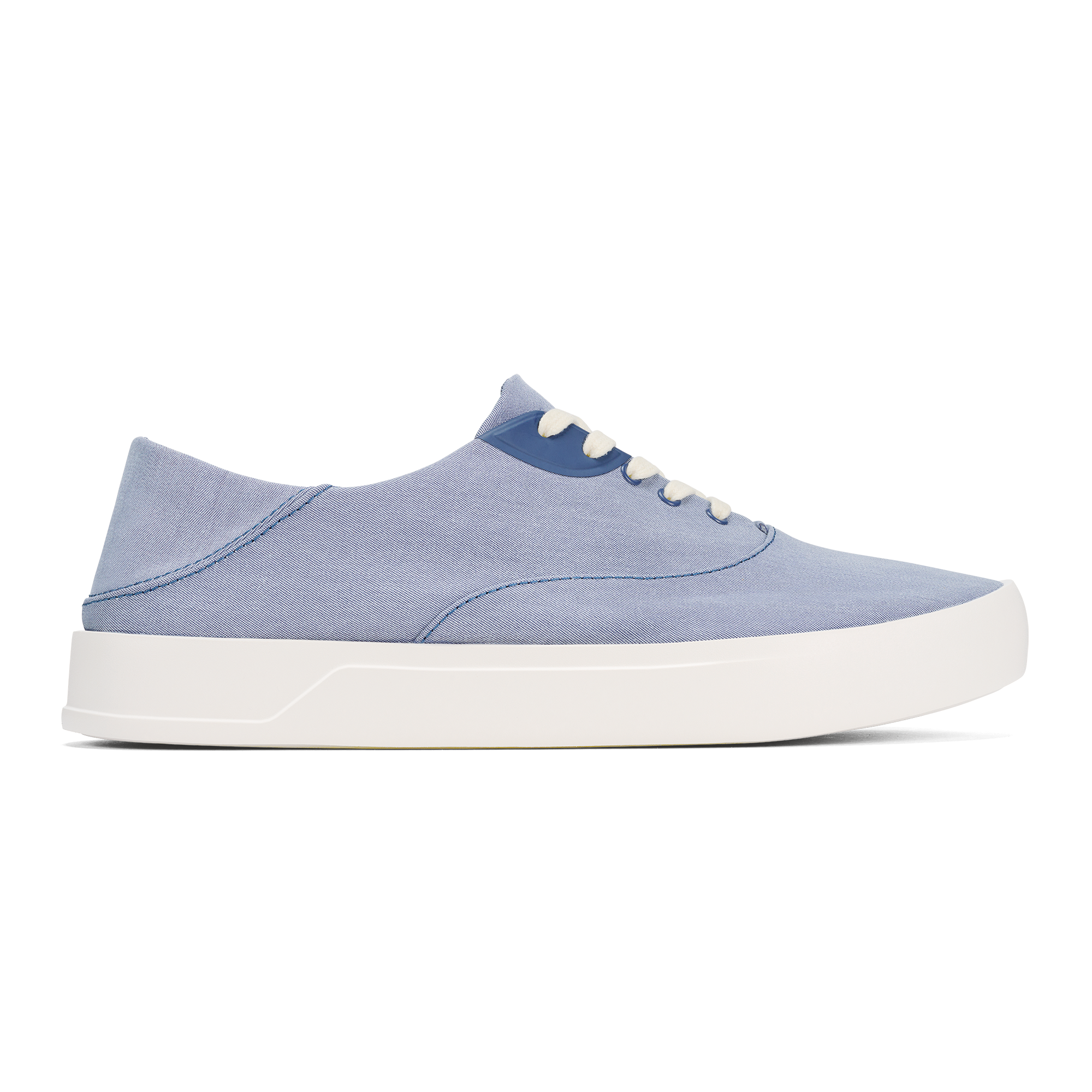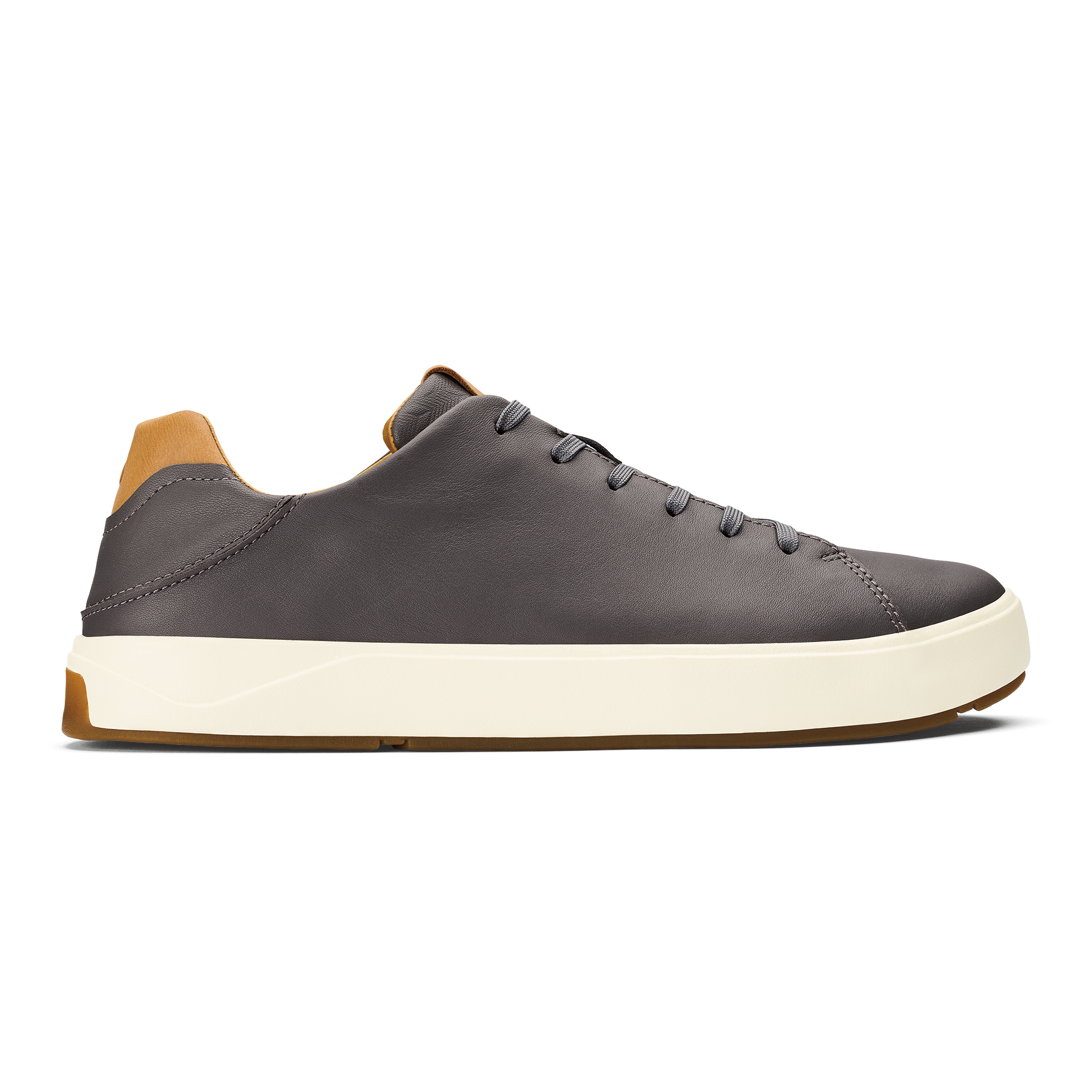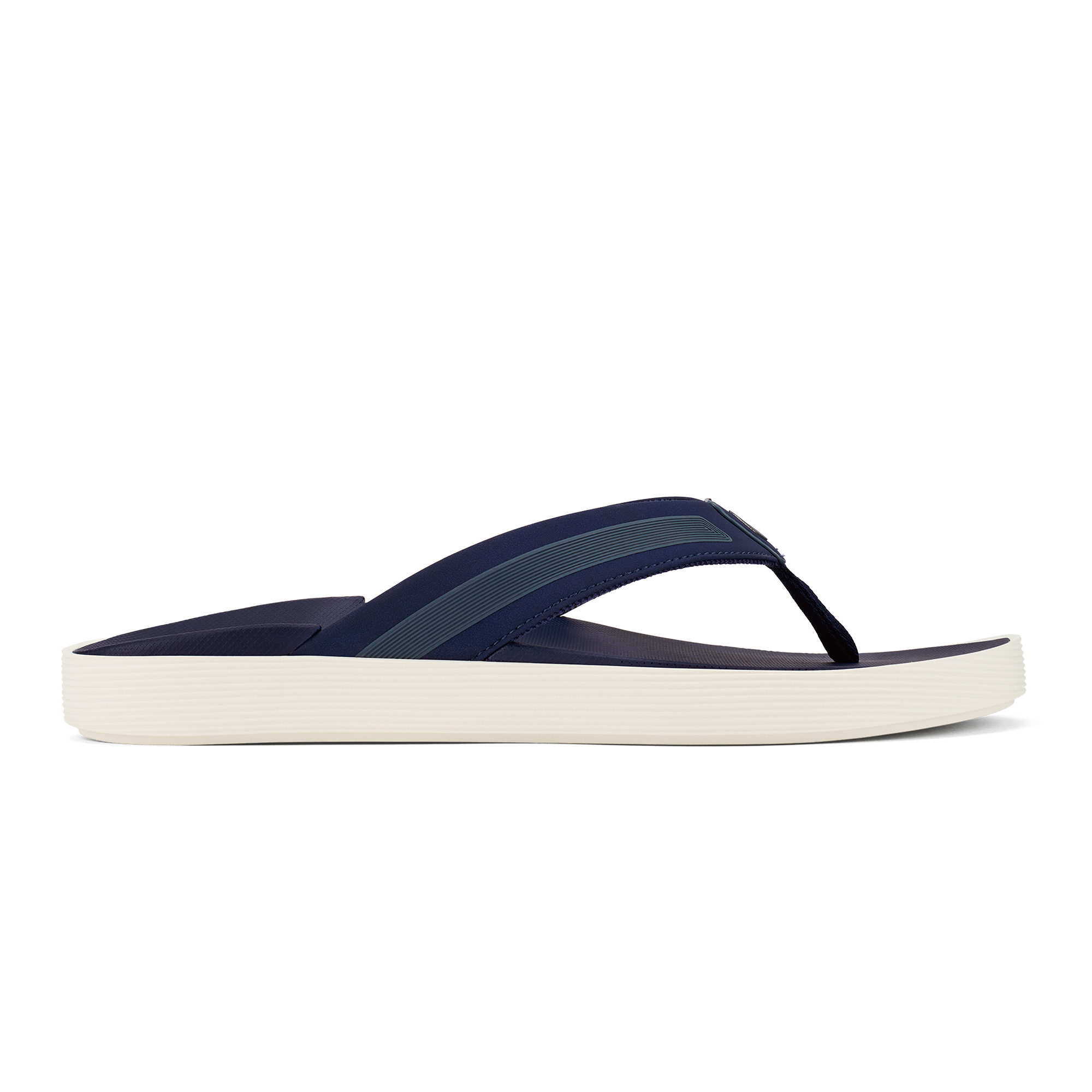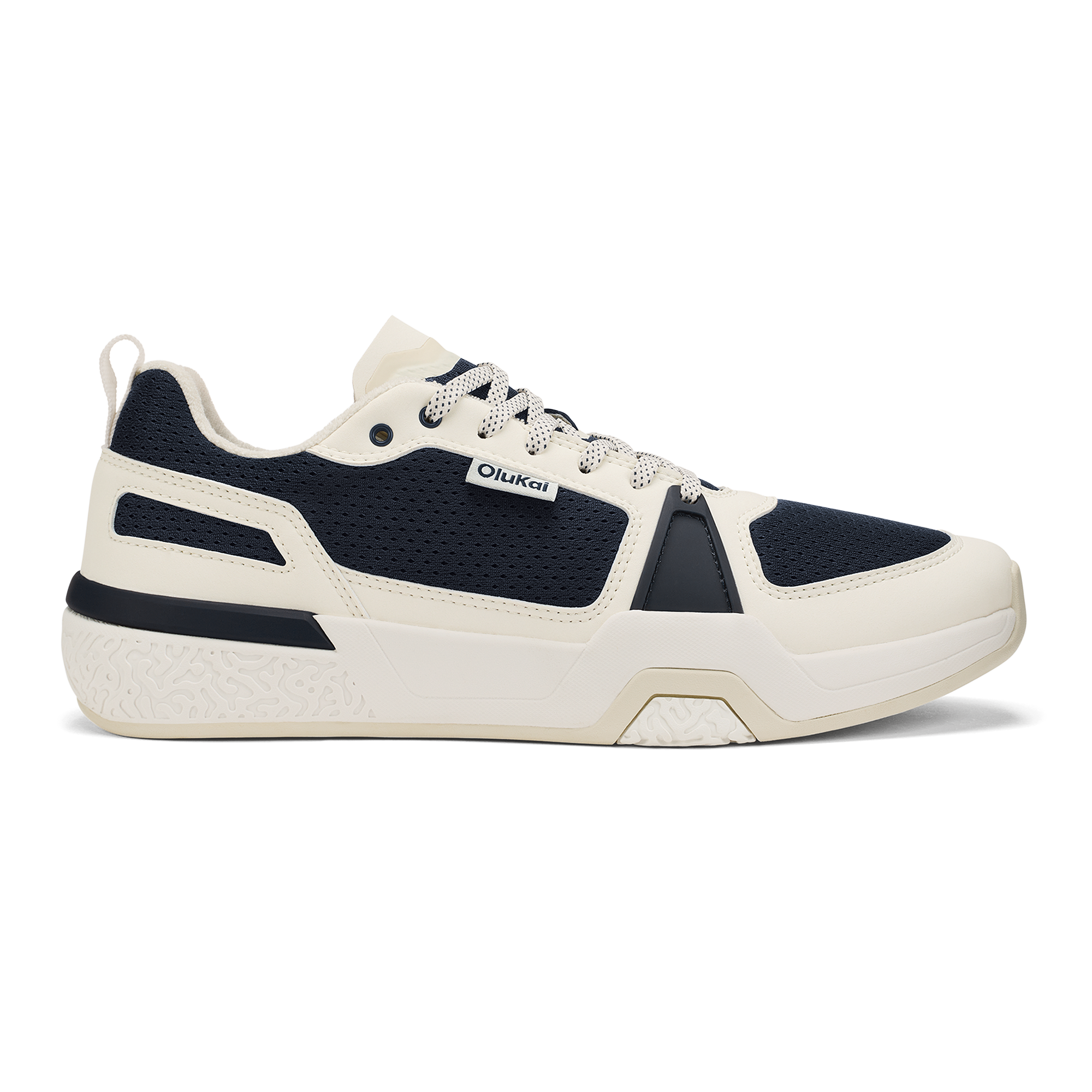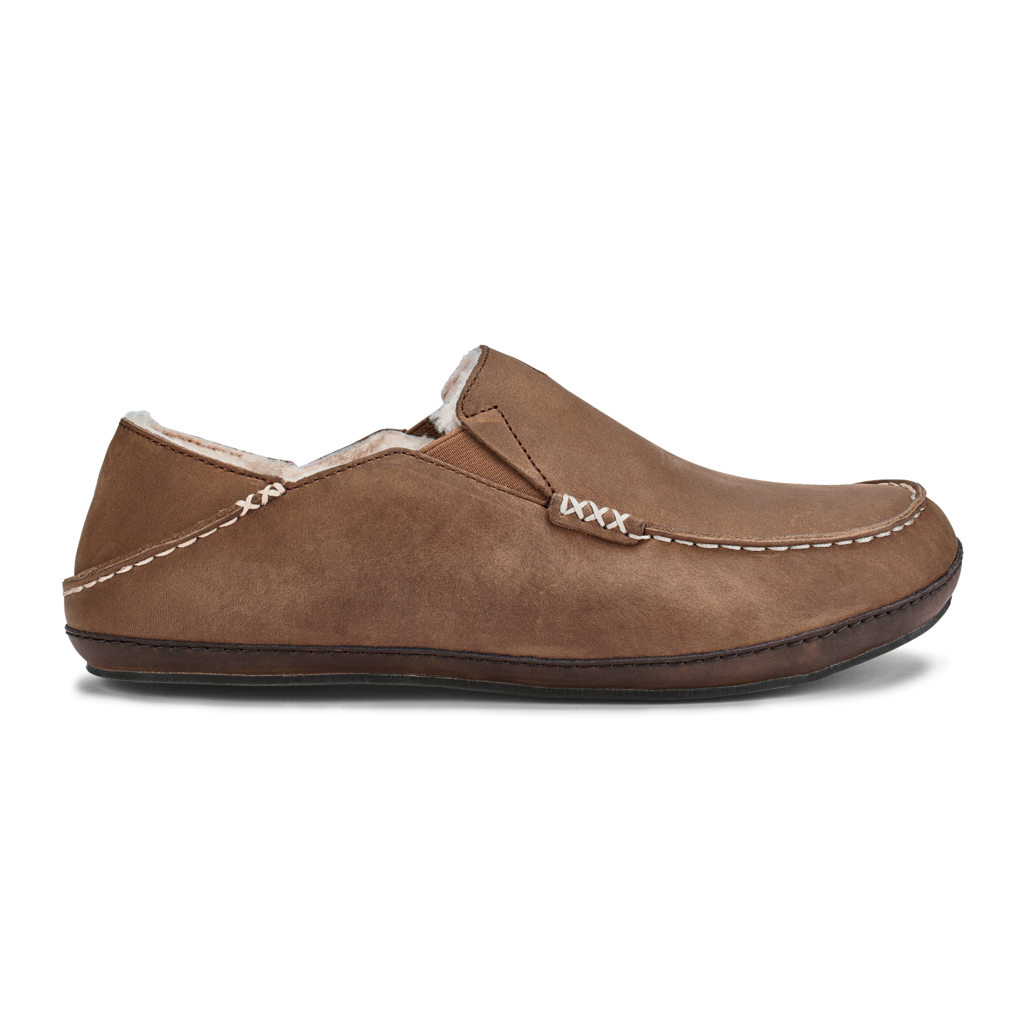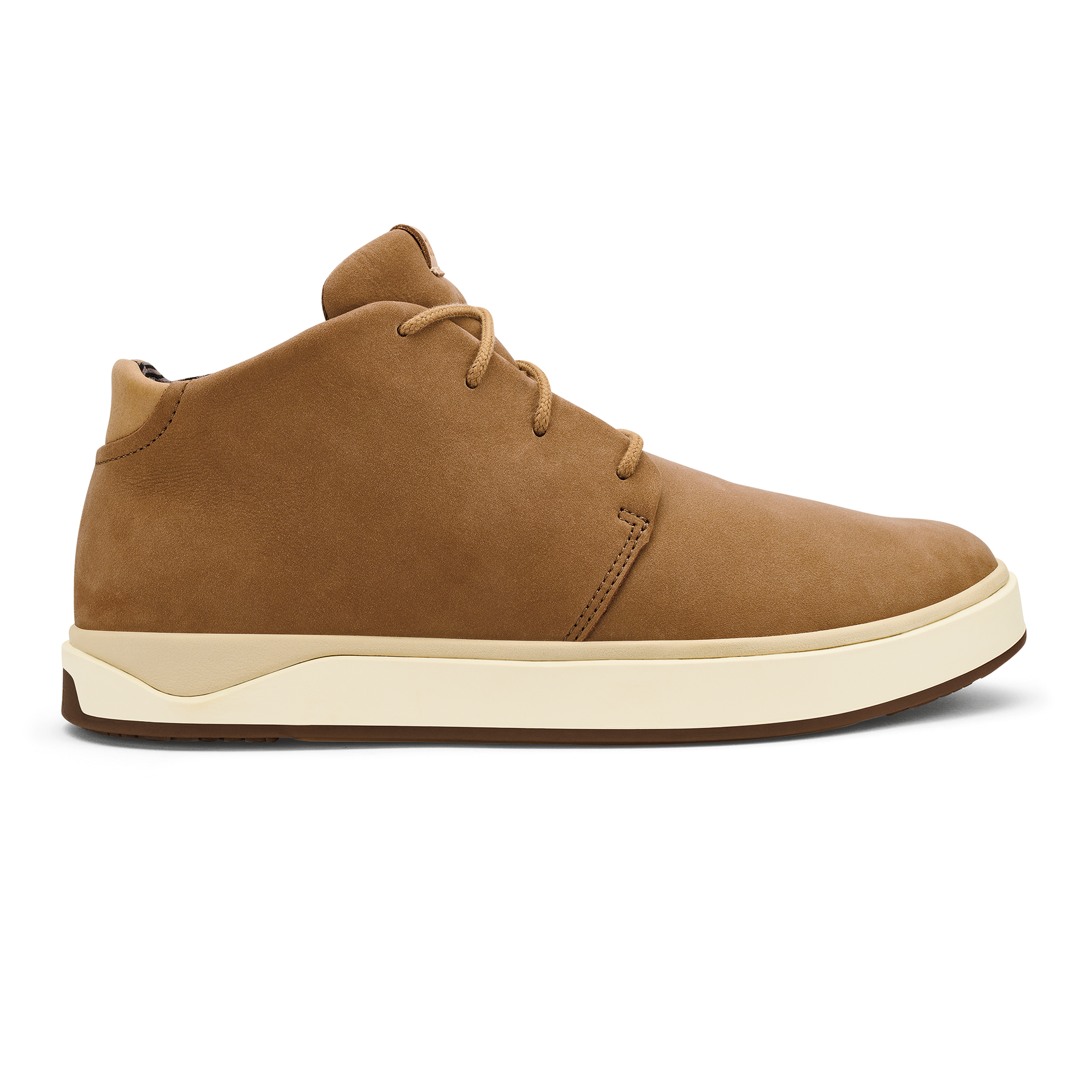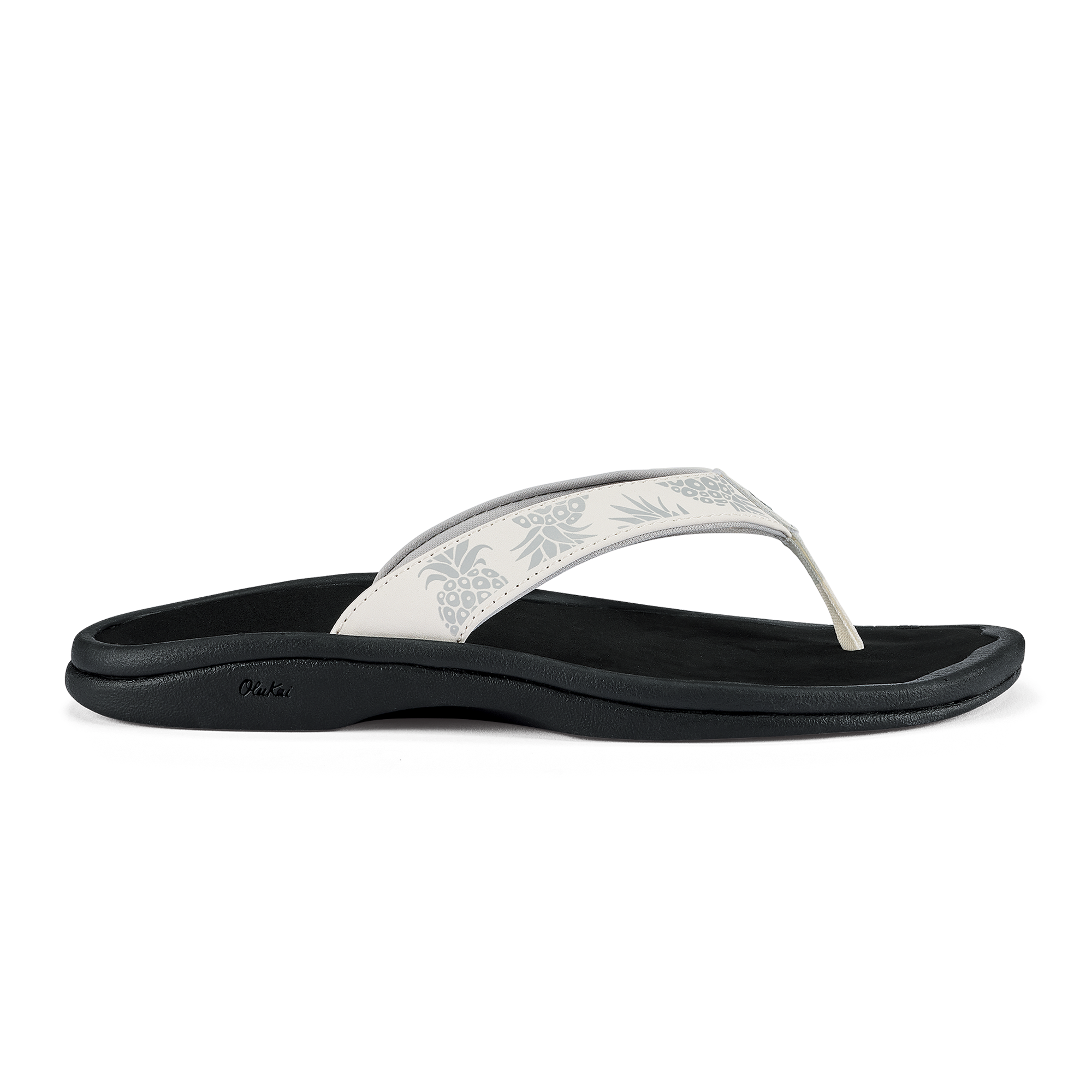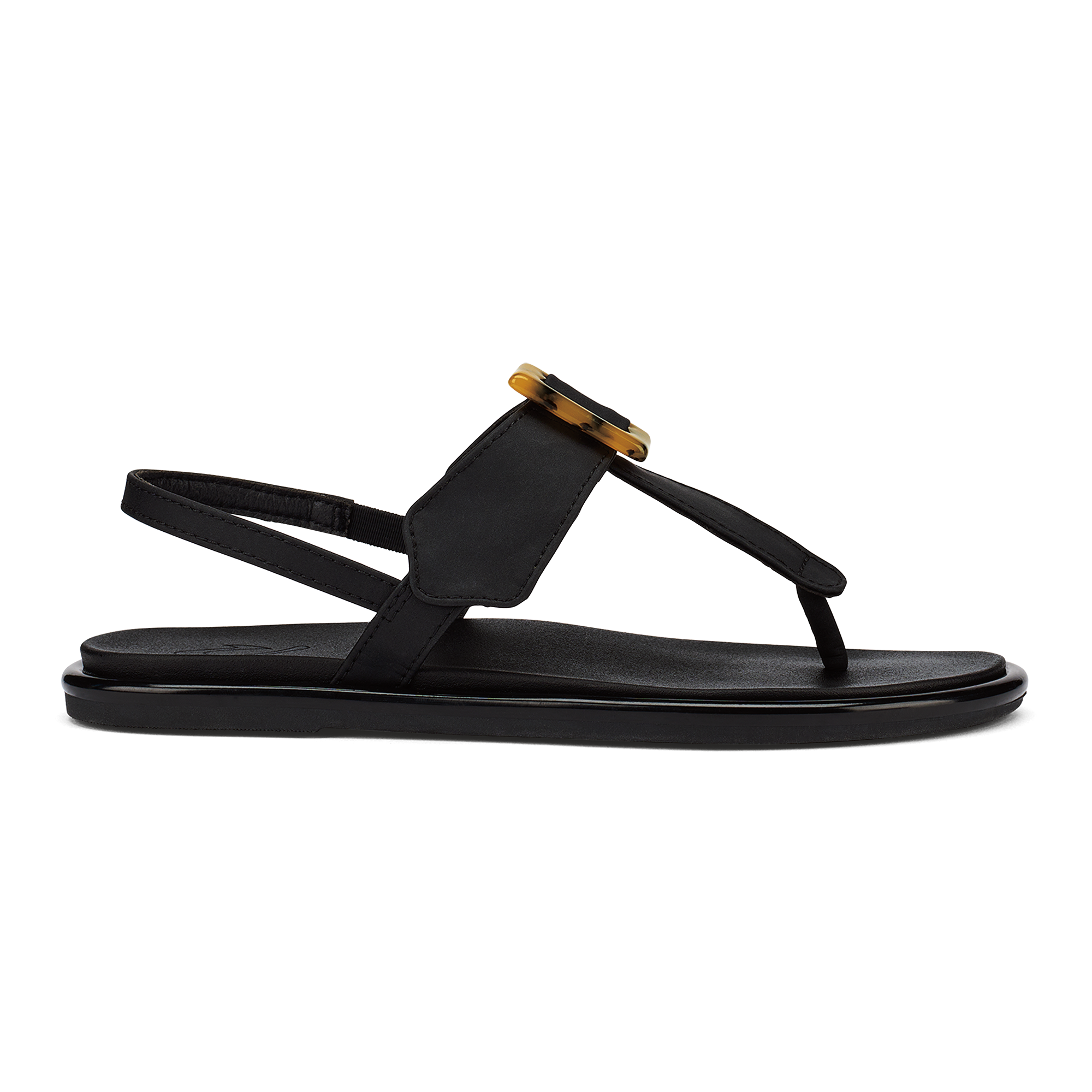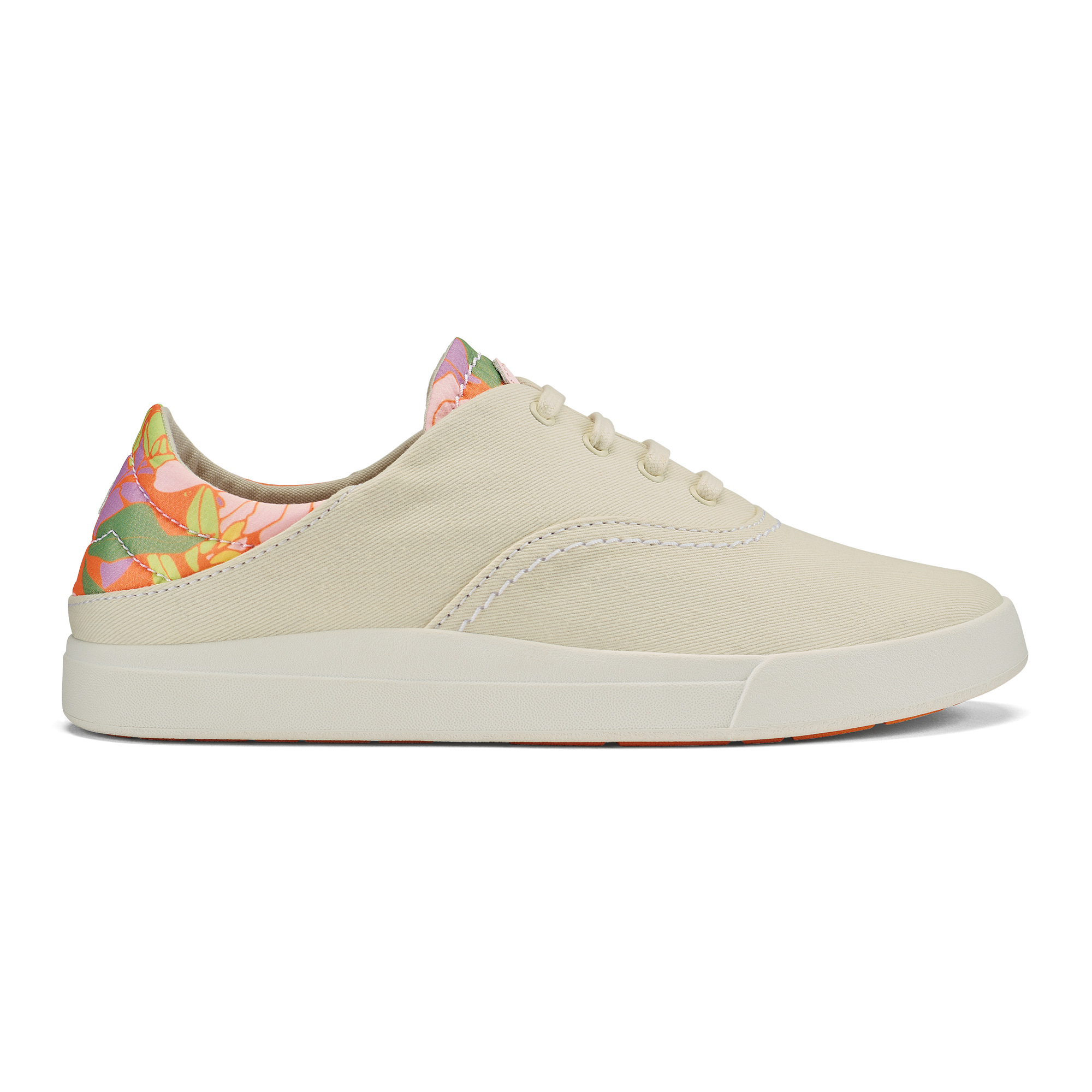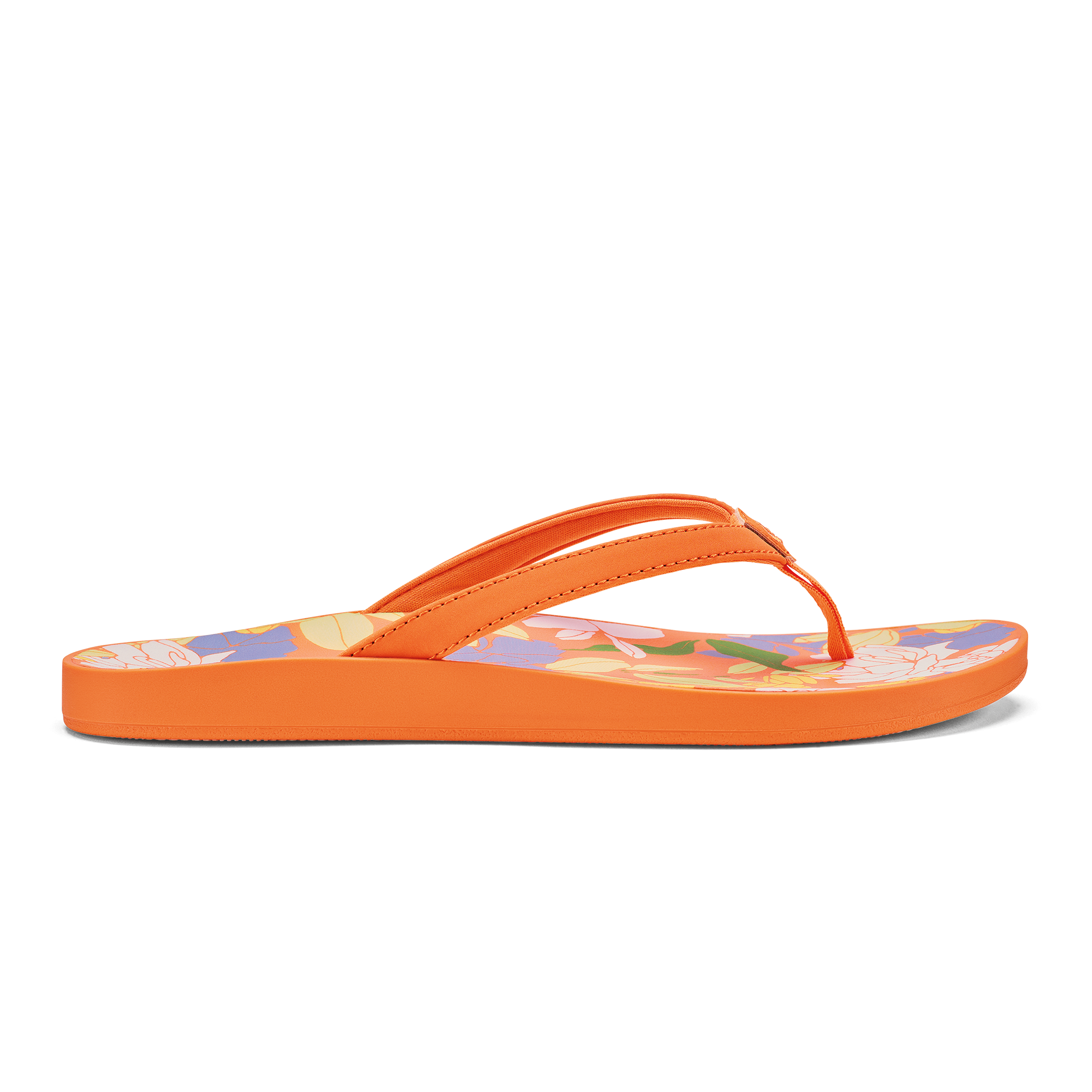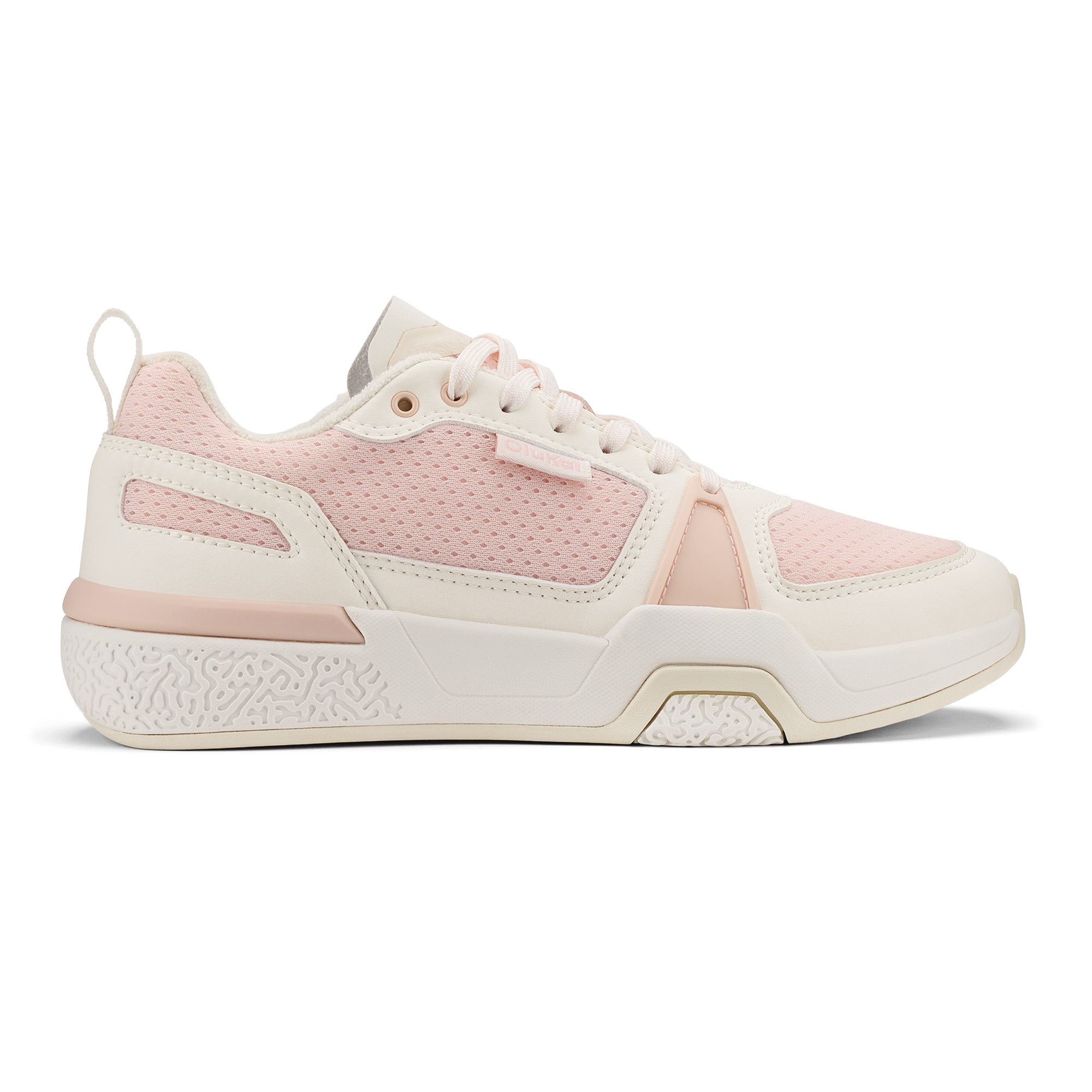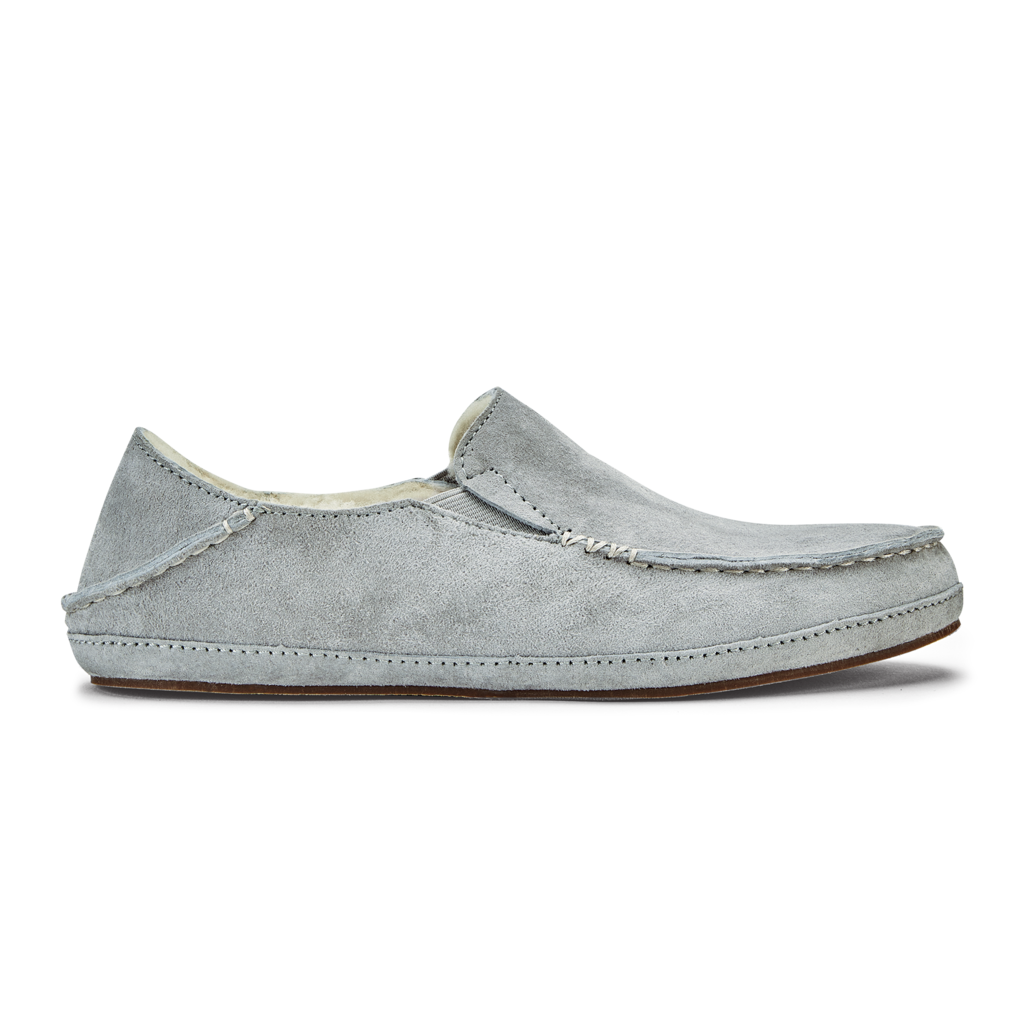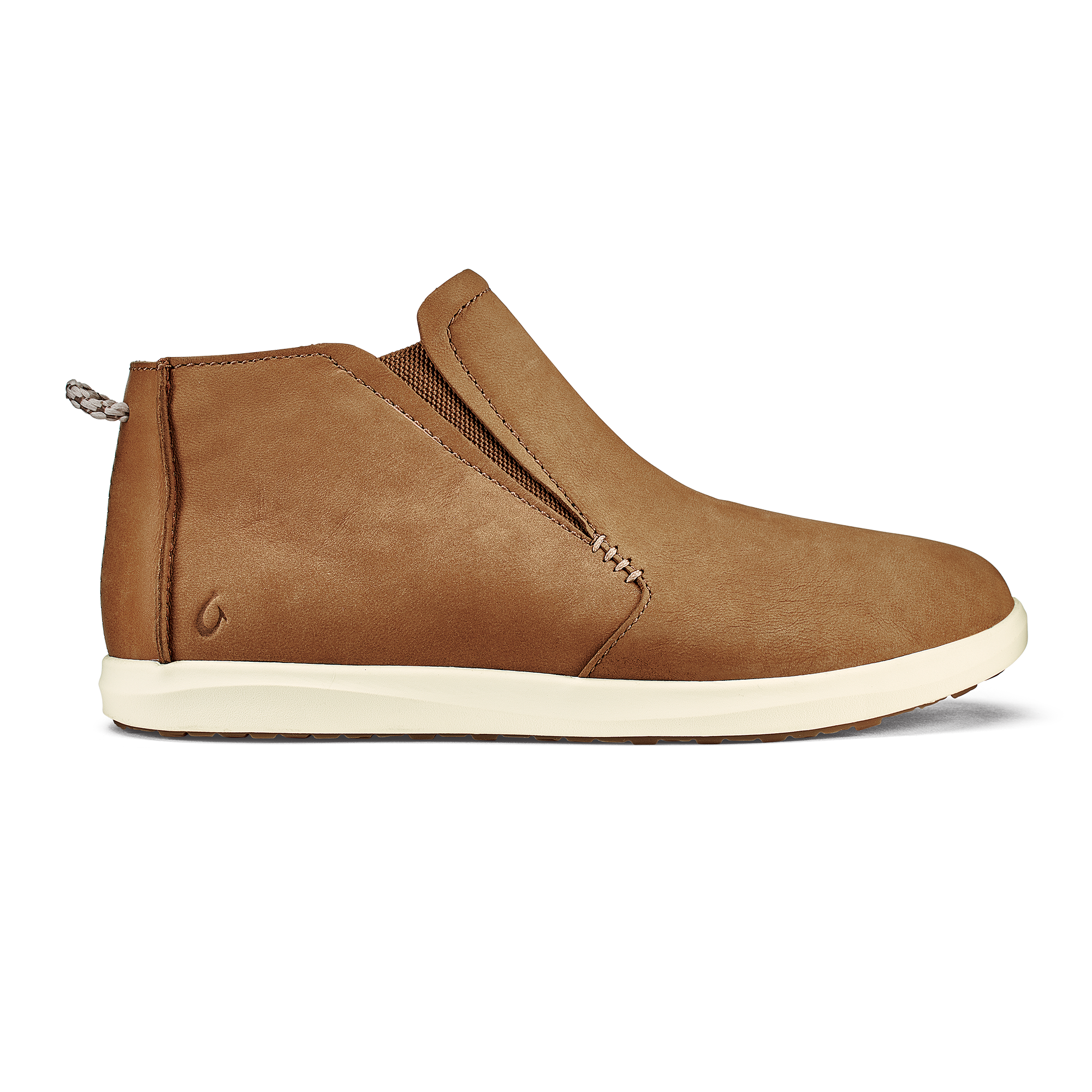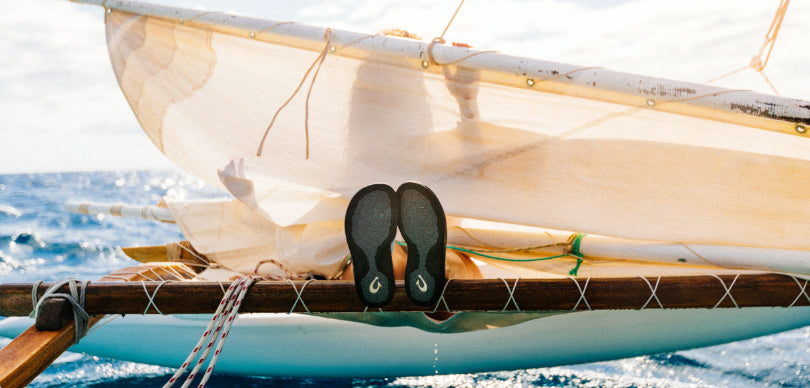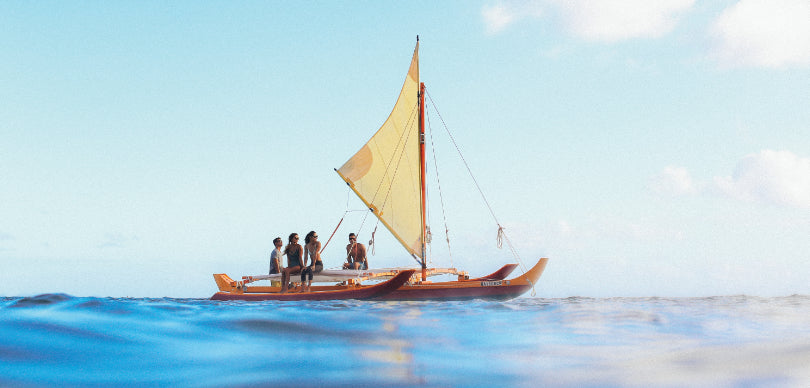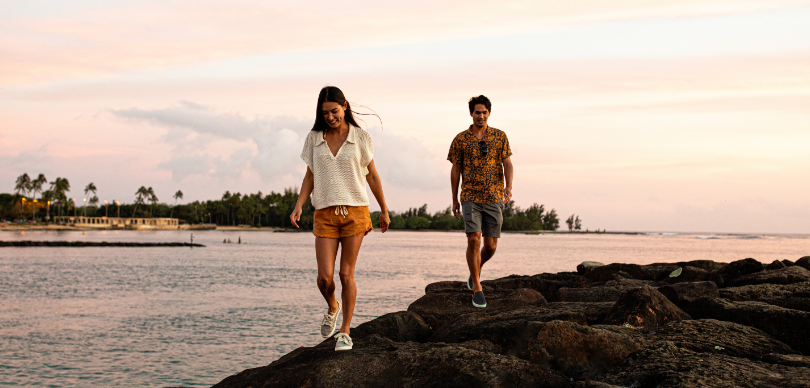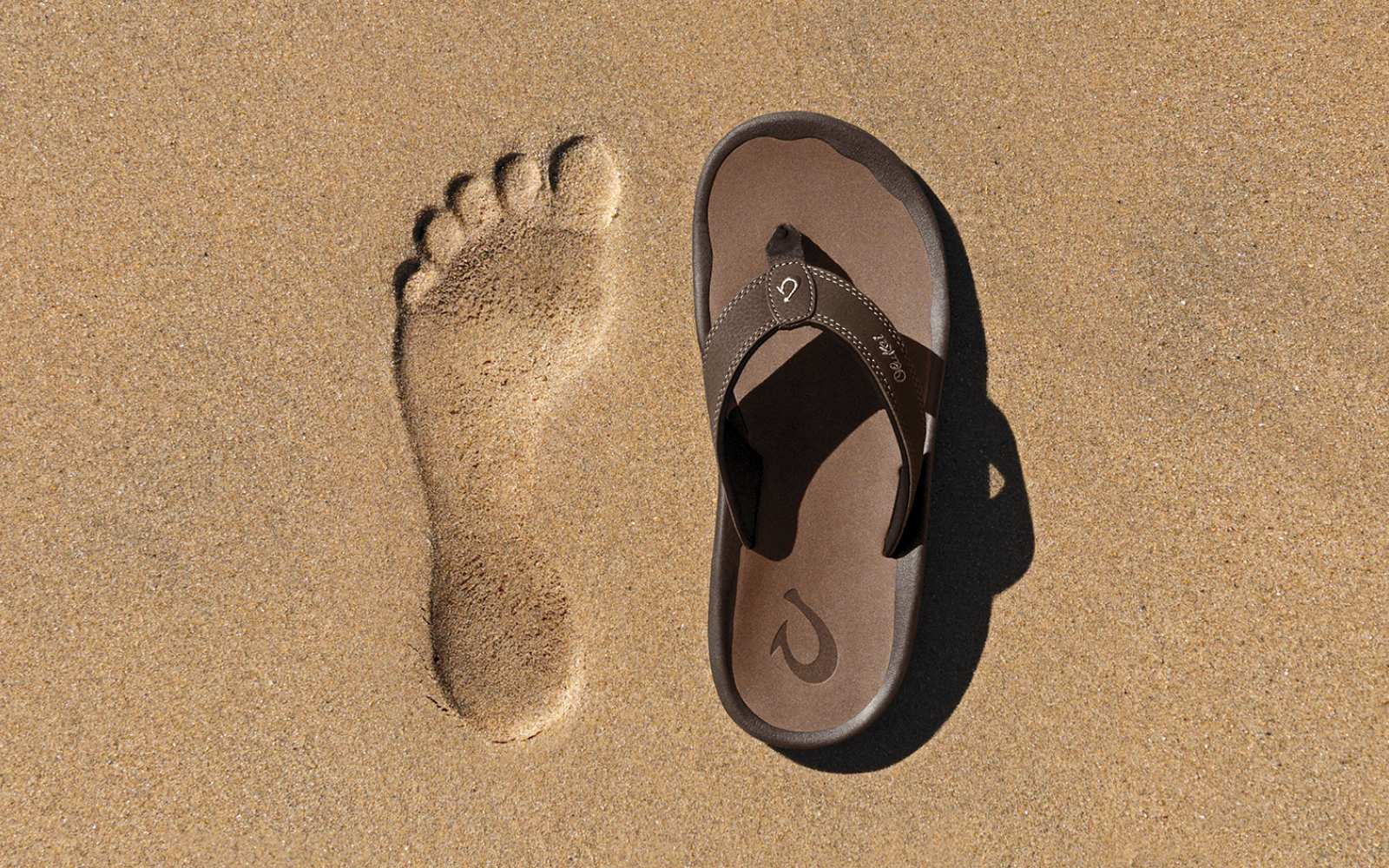Ten years ago, Kahi Pacarro was sitting at his home beach in Kailua, Hawai‘i with a few friends from New Zealand. His friends—staff at an environmental non-profit organization Sustainable Coastlines New Zealand—told him to take a close look at the sand. Kahi saw a vast confetti of micro-trash made of plastic particles washed in from the sea, mixed into the sand. It was everywhere, up and down the beach. Kahi learned that marine debris predominantly comes ashore on the east sides of most Hawaiian Islands—debris and rubbish from giant plastic trash dumps floating in various ocean gyres across the world that wash in with the northeast trade winds.
Kahi, an avid surfer and beach goer, decided to do something about it. He formed Sustainable Coastlines Hawai‘i with eight close friends in order to clean up the mess, to bring awareness to unnecessary plastic usage, and ultimately to promote community stewardship for the ocean and beaches that continually give us joy. Since then, Sustainable Coastlines Hawai‘i has activated countless beach-cleanups, educational events, installed better waste management at sites and inspired better consumer behaviors to eliminate further plastic usage. Recycling over 200,000 pounds of ocean plastic since 2011, Kahi urges everyone to look a little closer the next time they visit the beach and clean up the “confetti.” Now CEO of the similarly minded environmental organization Parley Hawai‘i, Kahi continues to spread his spirit of living pono to an even higher level of influence.
--image_block_a--
So Kahi, tell us how you developed a sense of responsibility for island cosatlines.
Kahi: Growing up in Hawai‘i, you can often take this place for granted. It wasn’t until I really started going away and traveling that I realized how darn lucky we are here. That’s why I really love to push people to get out and see the world, not only to see how lucky we are here, but to see how other people take care of their places that are so special, so that we can bring that same spirit back to Hawai‘i to improve our lives here. I came back to Hawai‘i after traveling for some time, and I wanted to figure out what my legacy was going be—how to better care for my home.
I was about 30 years old at that point and I found myself on Kailua Beach with my friends from New Zealand, looking at the wave that I grew up surfing, and they were kind of shocked that I hadn’t realized that Hawai‘i had a plastic debris problem. It was at that point that I was had this feeling like maybe this is my legacy. Maybe this is what I needed to do to make people aware of our overconsumption that was causing these plastics to get into our oceans and wash up in paradise at our own beaches.
And that's when you formed Sustainable Coastlines Hawai'i?
Yeah, I was like, why don’t we start Sustainable Coastlines Hawai‘i based on the model that my friends had built in New Zealand? And that was kind of the impetus right there. But I would’ve never been able to do it on my own.
--video_block--
How deep is the plastic pollution problem?
When you talk about the plastic pollution problem, it affects everybody. It doesn’t matter if you live on a beach in Hawai‘i or if you live in the middle of Arizona, it affects everybody. Two out of every three breaths of oxygen that we take comes from the ocean, and these plastics in our ocean are starting to affect our food chain. When our food chain starts getting affected, it means less life. So we need to realize that if we collapse our ecosystems as a result of putting too much plastic pollution in our oceans, it will be bad for all humans.
What are a few ways we can begin to make it better?
One of the easiest things to do is to take a plastic inventory of your life and start recognizing it’s all around you. The next thing you can do is start looking at those things where you are using plastics and figure out where you can remove it. For me, this turned into recognizing the difference between what we want and what we actually need. Sure, there’s a sacrifice that happens, but after that, life just kind of happens. You end up living more fruitfully. You plant a garden. You eat out of your own yard. You wear the same clothes. You live more simply. It’s not as hard as you think, but you have to be willing to make that initial sacrifice.
--image_block_b--
